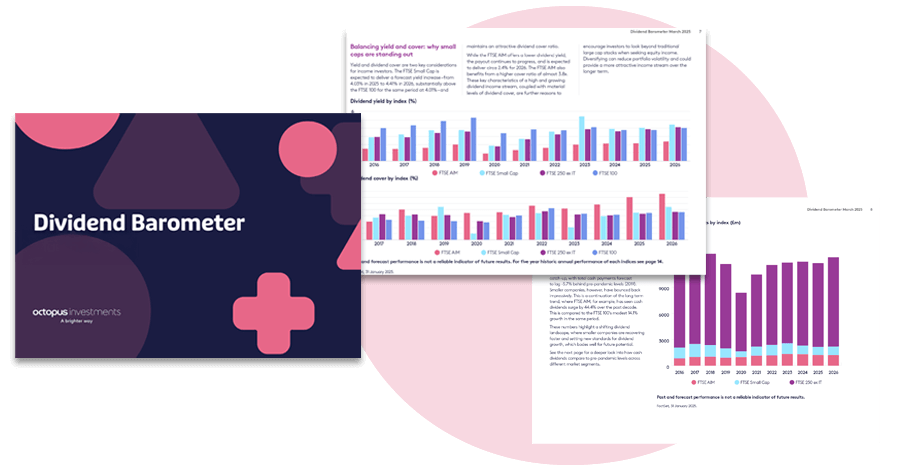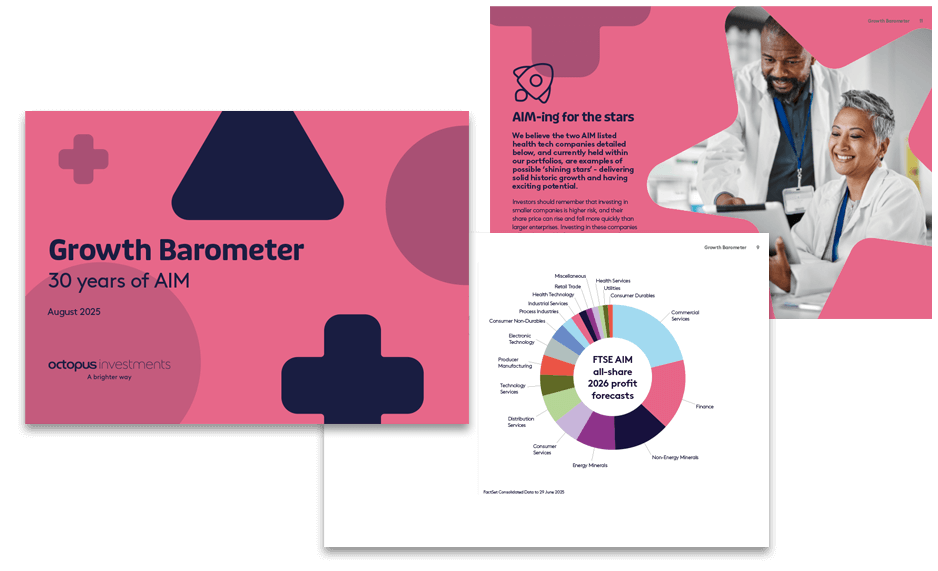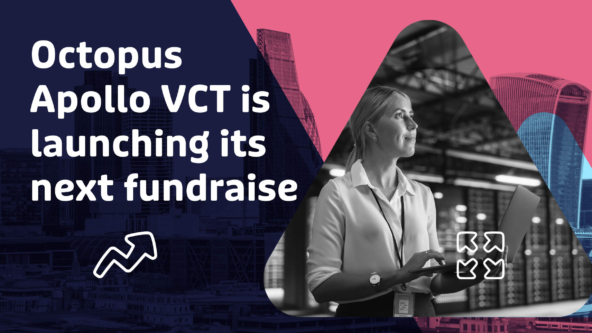Investments in early-stage, unlisted businesses are becoming an increasingly attractive part of more client portfolios. This is because many investors comfortable with high risk are looking for investments with the potential to outperform inflation rates and target growth during uncertain times.
They can also be an effective diversifier because they are not always correlated with listed equities or bonds. One reason for this is that the drivers of growth for early-stage companies can be more independent of the economic cycle. Micro economic factors such as supply and demand can influence early-stage companies more than macro factors like inflation. Uncertain economic environments can, however, provide opportunities for early-stage companies, because they can be more nimble than bigger established players.
Investors are taking on more risk when investing in early-stage businesses because, among other reasons, early-stage companies have a higher rate of failure compared to mature businesses.1 So it’s important that clients are well diversified within their overall investment portfolio.
Venture Capital Trusts (VCTs) are a well-known and tax-efficient way clients can gain access to a large and diversified portfolio of early-stage companies. However, as the following scenario explains, investors can consider another potentially powerful way to structure their exposure to venture capital.
Meet Michael, an investor comfortable with risk and looking to target high growth
Michael is a partner at his accountancy firm. Several years ago, he expressed an interest in using a portion of his wealth to invest in exciting companies that had the potential to grow significantly over the long term.
At the time, his financial adviser explained that a VCT would give him access to a ready-made portfolio of early-stage companies. This could complement and diversify his existing portfolio of investments while supporting his tax planning. He could also claim up to 30% income tax relief on his investment and target a tax-free income from his investment.
So each year, Michael invests between £10,000 and £50,000 in VCTs as a means to allocate to unlisted early-stage companies and support his tax planning.
However, over the past two years his accountancy firm has grown rapidly. Michael now has a much larger pot of cash to invest on an annual basis. He’s now looking to allocate closer to £100,000 each year to early-stage businesses.
At his annual client review, Michael and his adviser discuss his current investment strategy and what might suit his needs going forward
When the topic of VCTs comes up, Michael’s adviser has an idea.
Michael learns of the Enterprise Investment Scheme
Michael’s adviser explains that, because of his capacity for loss, time horizon, broad investment portfolio, and significant amount of capital to deploy each year, he could structure his annual investments in early-stage companies differently.
Michael could participate in multiple fundraising rounds of an Enterprise Investment Scheme (EIS) service. An EIS service is managed by a specialist manager in a similar way to a VCT, but typically invests across 10-15 early stage companies, meaning the investment is more concentrated than a VCT and investors hold shares directly in each young business.
EIS companies have high growth potential because they are beginning their growth journeys. Of course, with this growth potential comes higher risk. To compensate for some of the risk of investing in early-stage businesses, EIS-qualifying investments allow investors to claim several tax reliefs. As with a VCT, Michael should be able to claim up to 30% upfront income tax relief.
EIS-qualifying investments do not typically pay dividends, instead returns come from growth when the company is sold, with gains being tax free. Given the potential for high growth, this is a valuable relief. With high growth potential comes high risk of failure, and a typical EIS portfolio should be expected to see several losses. Importantly, should a company return a loss, Michael could claim loss relief against income or capital gains, reducing the potential impact of the loss no matter how well his portfolio is performing overall. This is a powerful combination of reliefs for a high-risk portfolio with the potential for high growth.
Michael’s adviser explains that by making several investments into an EIS service throughout the year, Michael can build up a portfolio of as many as 30 to 50 early-stage businesses. He could also take advantage of the generous tax reliefs available through EIS that are designed to support investors in both profitable and loss-making scenarios. The blended portfolio could be an attractive way for Michael to invest in smaller companies targeting growth rather than income.
It’s important Michael understands the risks
Michael’s adviser stresses that EIS and VCT investments are long-term, high-risk investments.
The value of the investments discussed, and any income from them, could fall as well as rise. Michael’s investment could fall in value, potentially to nil, and he may not get back the full amount he invests.
His adviser also explains that tax treatment depends on individual circumstances and that tax rules may change in the future. Tax relief depends on portfolio companies, VCTs and EIS maintaining their qualifying status.
VCT shares and the shares of early-stage companies may be more volatile and harder to sell than the shares of larger listed companies.
Michael’s adviser explains that the shares of small private companies cannot easily be sold, as it can take years to find a buyer. When investing in an EIS portfolio, liquidity is only possible when each individual company in the portfolio is sold. Michael’s adviser explains that an EIS investment should be considered illiquid and a long-term investment.
Octopus Ventures EIS Service
If you’d like to learn more about how EIS works and how it could help your clients, you may want to look at the Octopus Ventures EIS Service.
Visit the Octopus Ventures EIS webpage
Learn how EIS works and the tax reliefs available
About this scenario:
This planning scenario is designed to help advisers like you develop appropriate planning strategies for your clients. Nothing here should be viewed as advice. Any suitability decisions should be based on a comprehensive review of your clients’ objectives, needs and attitude towards risk.
1 An independent report by BVA BDRC, SME Finance Monitor, March 2020









